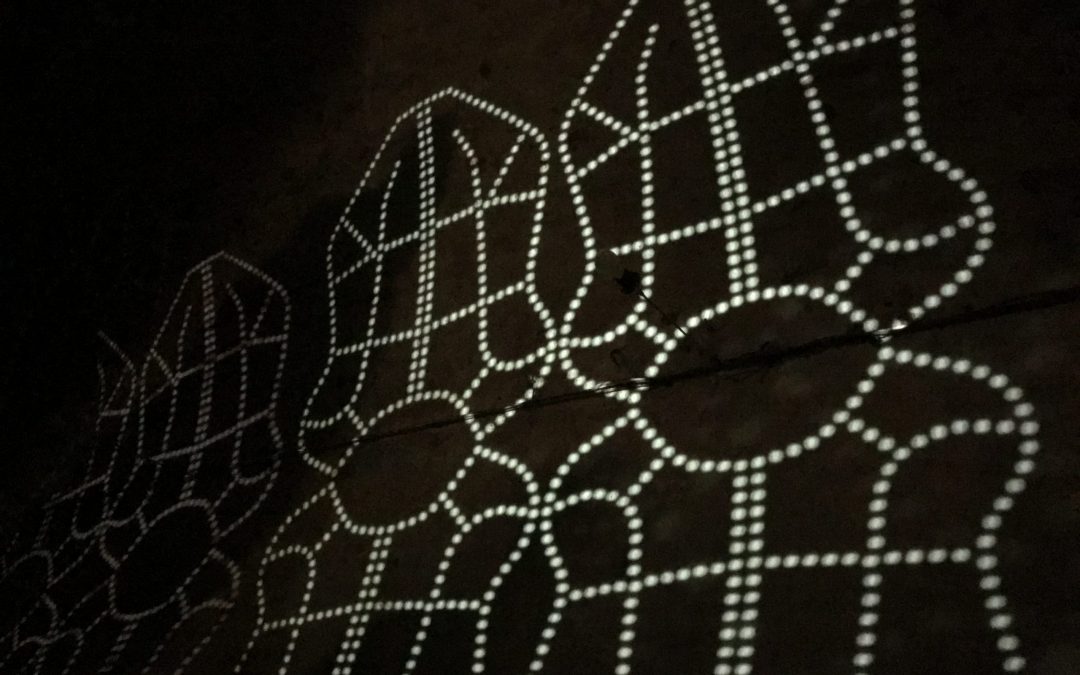What would you do if you had an enormous space to fill in your city? The Extremely Vast and Incredibly Close Future workshop I organised on November 10 with the support of KTU Design Centre and Design Library invited inhabitants of Aleksotas and Kaunas (Lithuania) to imagine together how to use the site of the ancient military base that soon will host the Aleksotas Innovation Park (AIIP). The workshop data will be utilised by KTU to design multiple digital models of the area that will illustrate the ideas that emerged and make it possible to integrate them in regeneration plans. In the longer term, chances are high that we are going to build a zero-mile inclusive metaverse!
The experiential workshop was part of the Transformation Lab I lead in T-Factor, Citizen-led Smartness. It closed the T-Lab cycle of “probes”, first incursions in the project urban regeneration pilots to test the ground for future meanwhile activities related to the T-Labs topics. The previous probes for my T-Lab were:
-Amsterdam Science Park, where the focus was on testing a therapeutic experience where tech minimisation and nature are blending;
– Trafaria (Lisbon), where the probe was a data justice activity focused on building a bottom-up dataset with a novel methodology, the data campfire.
In Kaunas, the “Extremely vast” of the title referred to the extent of the area, which today lacks infrastructures and is an enormous landfill; the “incredibly close” referred to the curatorial choice of focusing on the near future. Indeed, in urban regeneration contexts, speculative futures can lead to engagement fatigue because of their disconnection with the immediate reality. Moreover, the local coalition is seeking support for organising actual activities as soon as possible. In light of this, the second curatorial choice was to provide an experience and not only an ideation workshop. In this way, the probe could contribute to building the site’s aesthetics and lead participants to appropriate it.
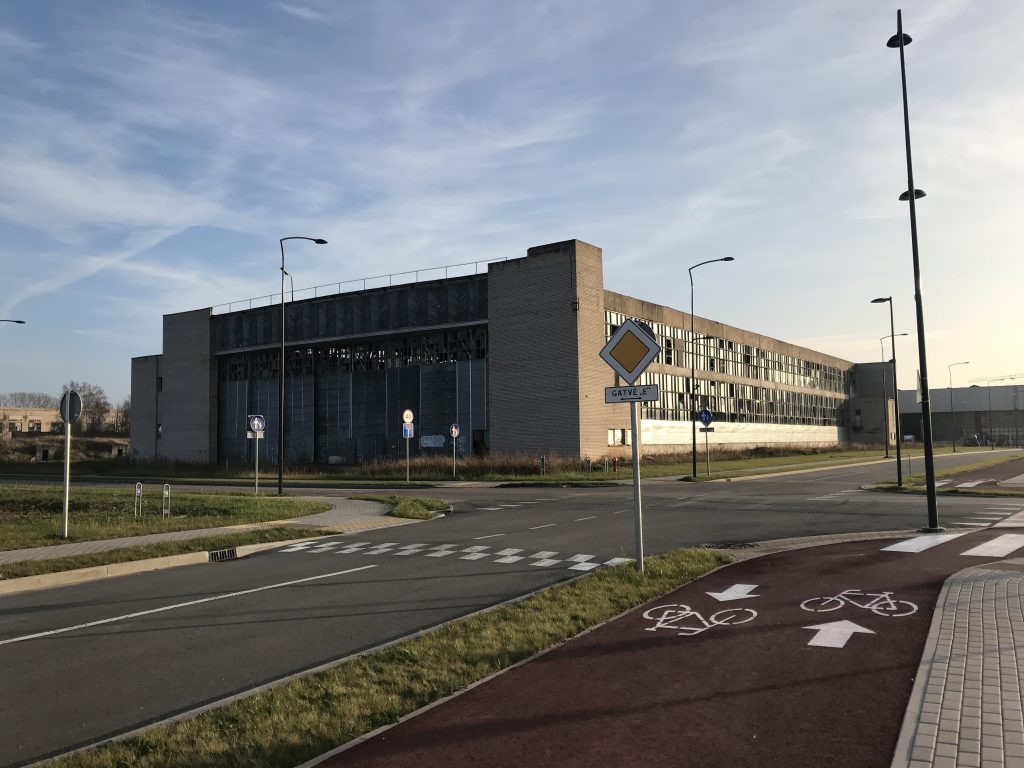
AIIP hangar Kaunas
The experience was made of three parts:
1) Visit the site
2) Dream Room to spark imagination and reflection
3) Brainstorming workshop
The visit was guided by Egidijus Bagdonas, president of Kaunas fortresses association. After giving some historical highlights about the fortress hosting the workshop, the hangar, and other basic infrastructures, participants were free to explore the space and start making their head around future activities.
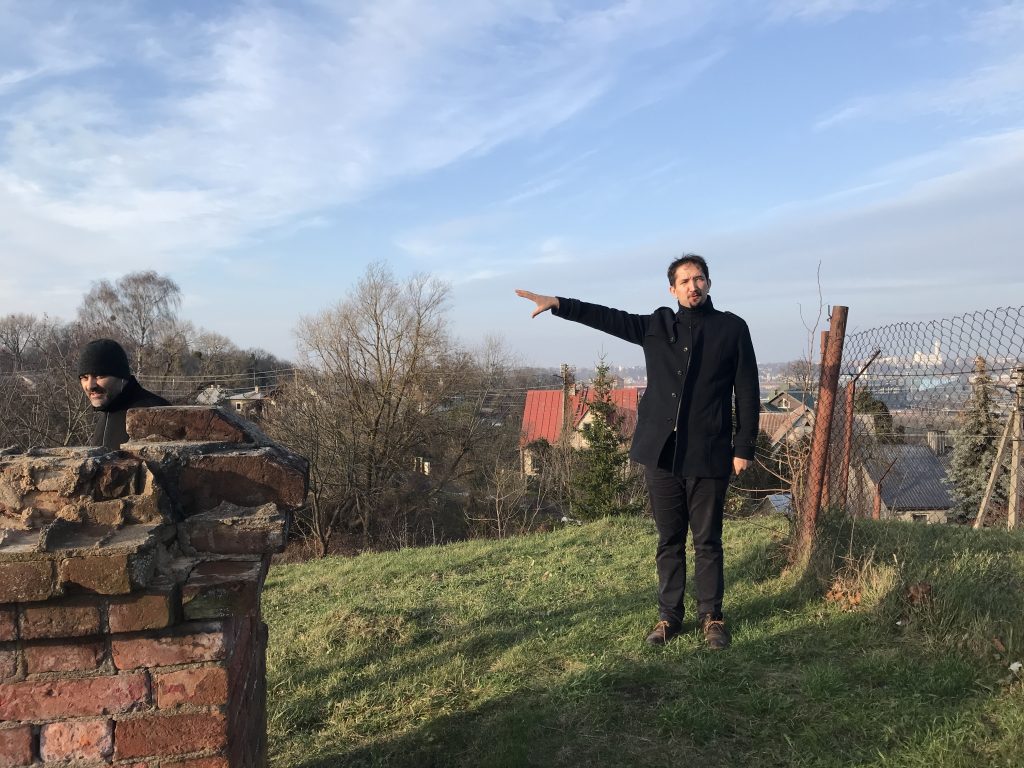
Guided visit in AIIP Kaunas
Back at the fort, participants were given a reflection moment around some open questions in the Dream Room, a light installation inside one of the fortress tank garages adjacent to the workshop room. In case you are wondering, the silhouette projected was an abstraction of the site aerial view. I believe integrating individual moments in collective activities can improve participation and initiative: The room’s objective was to provide participants with an intimate experience to connect with the site and gather their thoughts in a cosy chapel of lights and sounds before moving to the joint workshop.
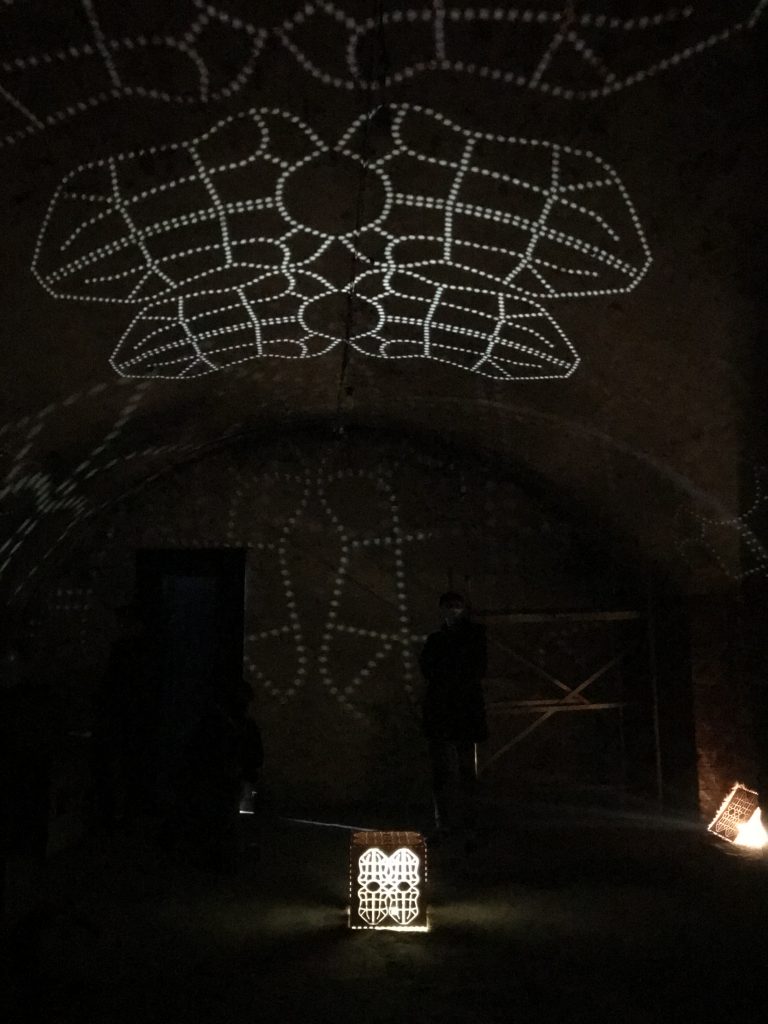
Dream room Kaunas by Marta Arniani Futuribile
Under the open question “What is missing in Aleksotas and Kaunas?” we opened the collective part of the workshop introducing its objective, to design meanwhile uses for the near future, utilising two time horizons: the coming spring and in two years. After a first brainstorming phase, groups had to narrow their imagination to one lighthouse project and detail it as much as possible.
Group 1 lighthouse project was to utilise the area as a stage: Since the area’s buildings are not accessible soon, as a workaround to safety compliance, the group proposed using the area as a big stage, animated by 3D images, AR, videomapping, drone shows, drones views, and light shows which can be seen from the borders. The fortress roof would be the main observation point with seating space. The group also proposed geo-location and role-play games as a way to explore the space and build an AIIP’s hybrid word.
Group 2 proposed a TechFest, a one-week festival focused on innovation and the arts, taking place in the AIIP’s territory and the fortress and territories nearby. The programme would include laser shows, lanterns show, food trucks, open-air cinema, techno music, helicopter landing space as a performative stage, art exhibitions.
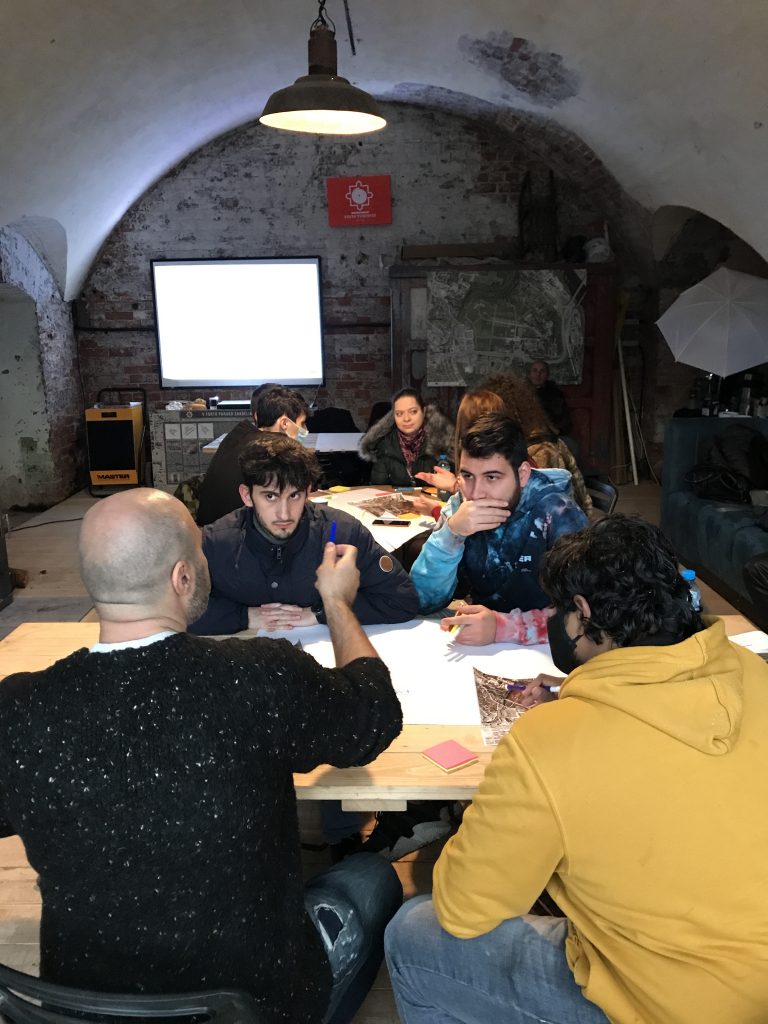
workshop at AIIP Kaunas – Futuribile
The probe led to identifying possible ways ahead for placemaking and the role of technology in it. Although one-time events emerged as the easiest and most engaging way to activate the space and open it to citizens, space accessibility and safety hurdles (raised by the municipality representative) make digital and hybrid activities a promising route for animating the meanwhile. In the final discussion emerged how physical and digital activities must be complementary and not mutually exclusive. Indeed, any digitally-enabled experience should be seen as a way to augment possibilities and not as a parallel alternative world. For example, we sketched how gaming could lead to experiencing the site through somebody else’s eyes (e.g. of another gender, historical period, profession) and enhance social inclusion. Another possibility is to create an economy around the place that connects it with the rest of the city (e.g. virtuous actions compensated with tokens to be spent in public services). Finally, digital modelling could be a way to open up imagination (e.g. with Space Syntax modelling infrastructures and activities, their requirements and impacts). I was very well welcomed in Kaunas, ending up exploring the regeneration site at night and discovering mysterious helicopters that disappeared the day after and abandoned military bunkers.
I look forward to supporting the local coalition in building digitally-mediated activities!
